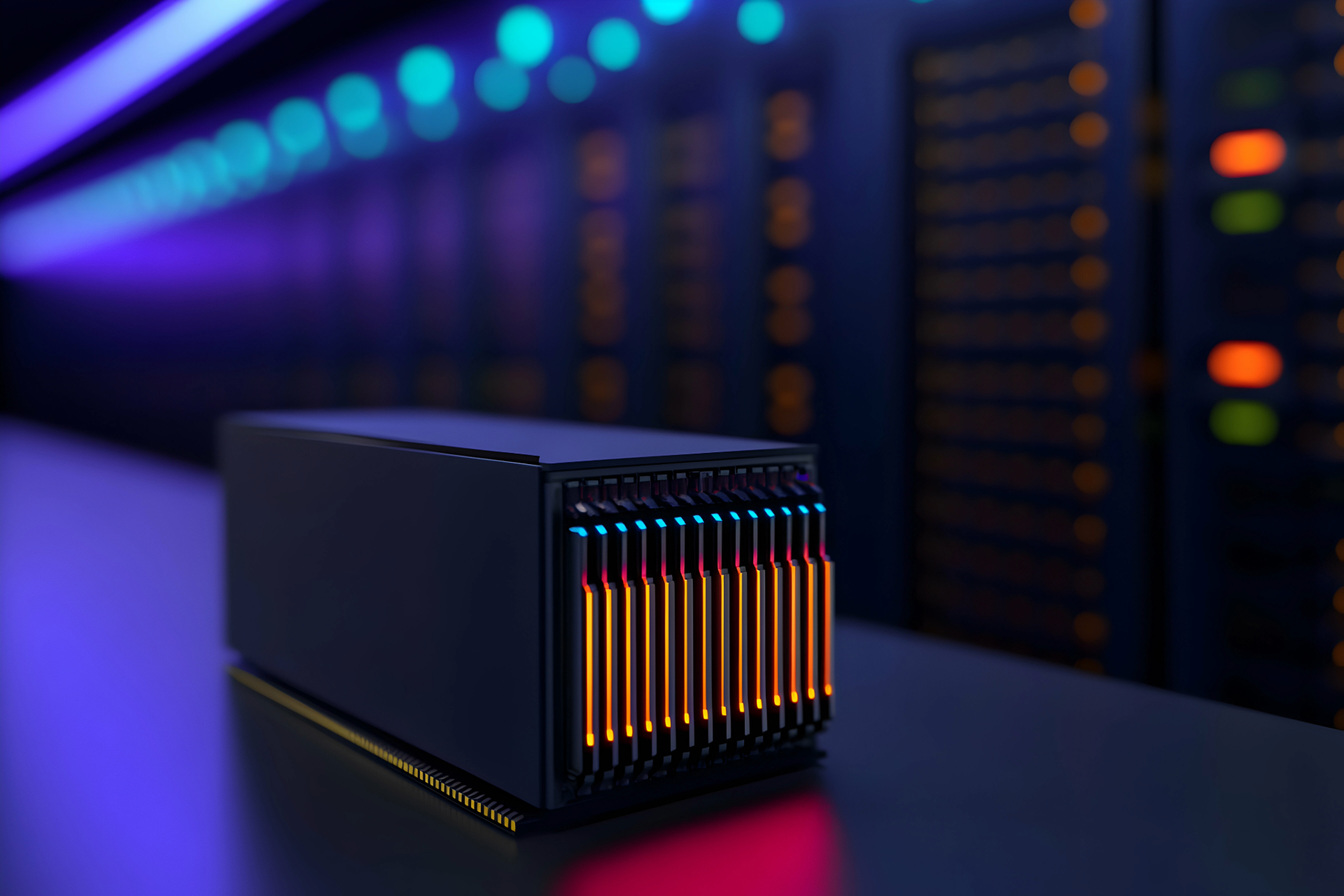AI Inference at the Edge: How EdgeCloud AI Enhances Real-Time Processing
Introduction to AI Inference at the Edge
AI inference at the edge refers to the process of running artificial intelligence algorithms on local devices or edge servers, rather than relying on a centralized cloud infrastructure. This approach allows for real-time processing of data, reducing latency and improving overall performance. EdgeCloud AI combines the power of edge computing with AI capabilities, enabling devices to make intelligent decisions without needing to constantly communicate with a remote server.
Benefits of EdgeCloud AI for Real-Time Processing
One of the key benefits of EdgeCloud AI is its ability to enhance real-time processing. By bringing AI capabilities closer to the source of data, devices can analyze and respond to information quickly, without the need for constant internet connectivity. This is particularly important in applications where latency is a critical factor, such as autonomous vehicles, industrial automation, and healthcare monitoring systems.
Furthermore, EdgeCloud AI can improve privacy and security by processing sensitive data locally, rather than sending it to a remote server for analysis. This reduces the risk of data breaches and ensures that personal information remains secure. Additionally, by offloading processing tasks to edge devices, organizations can reduce their reliance on cloud services, saving on bandwidth costs and improving overall efficiency.
Challenges and Solutions for Implementing EdgeCloud AI
Despite its many benefits, implementing EdgeCloud AI comes with its own set of challenges. One of the main obstacles is the limited computational power and storage capacity of edge devices, which can make it difficult to run complex AI algorithms efficiently. To address this issue, developers can optimize their algorithms for edge deployment, using techniques such as model compression and quantization to reduce the computational requirements.
Another challenge is ensuring the reliability and scalability of edge deployments, especially in environments with limited connectivity or high variability in data volume. To overcome this, organizations can leverage edge computing platforms that provide tools for managing and monitoring edge devices, ensuring that they can scale to meet the demands of real-time processing.
Case Studies: Successful Applications of EdgeCloud AI
Several industries have already begun to harness the power of EdgeCloud AI for real-time processing. For example, in the healthcare sector, wearable devices equipped with AI algorithms can monitor patients’ vital signs and alert medical professionals to potential health issues in real-time. This enables faster response times and more personalized care for patients.
In the manufacturing industry, EdgeCloud AI is being used to optimize production processes and predict equipment failures before they occur. By analyzing data from sensors and cameras on the factory floor, manufacturers can identify inefficiencies and make adjustments in real-time, improving overall productivity and reducing downtime.
Overall, EdgeCloud AI offers a powerful solution for enhancing real-time processing capabilities and enabling intelligent decision-making at the edge. By leveraging the benefits of edge computing and AI, organizations can unlock new opportunities for innovation and efficiency in a wide range of industries.





